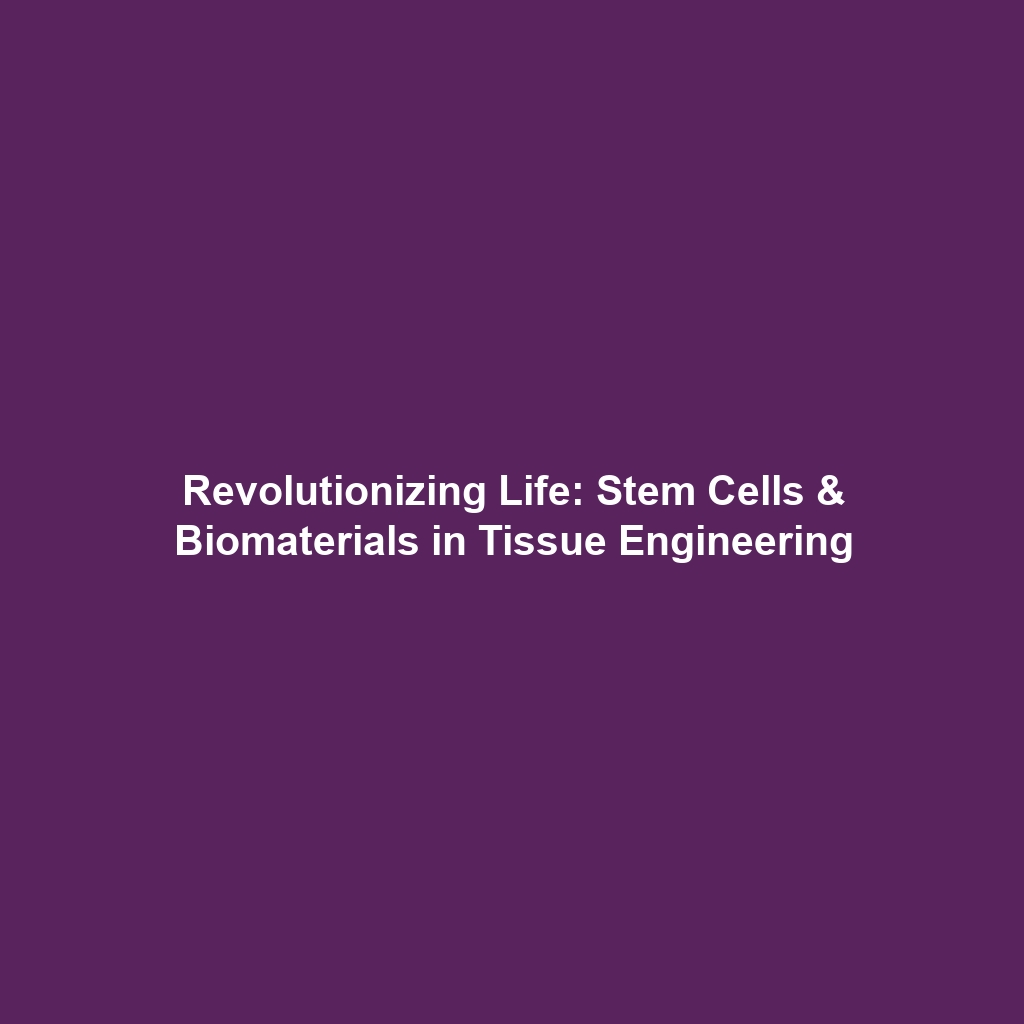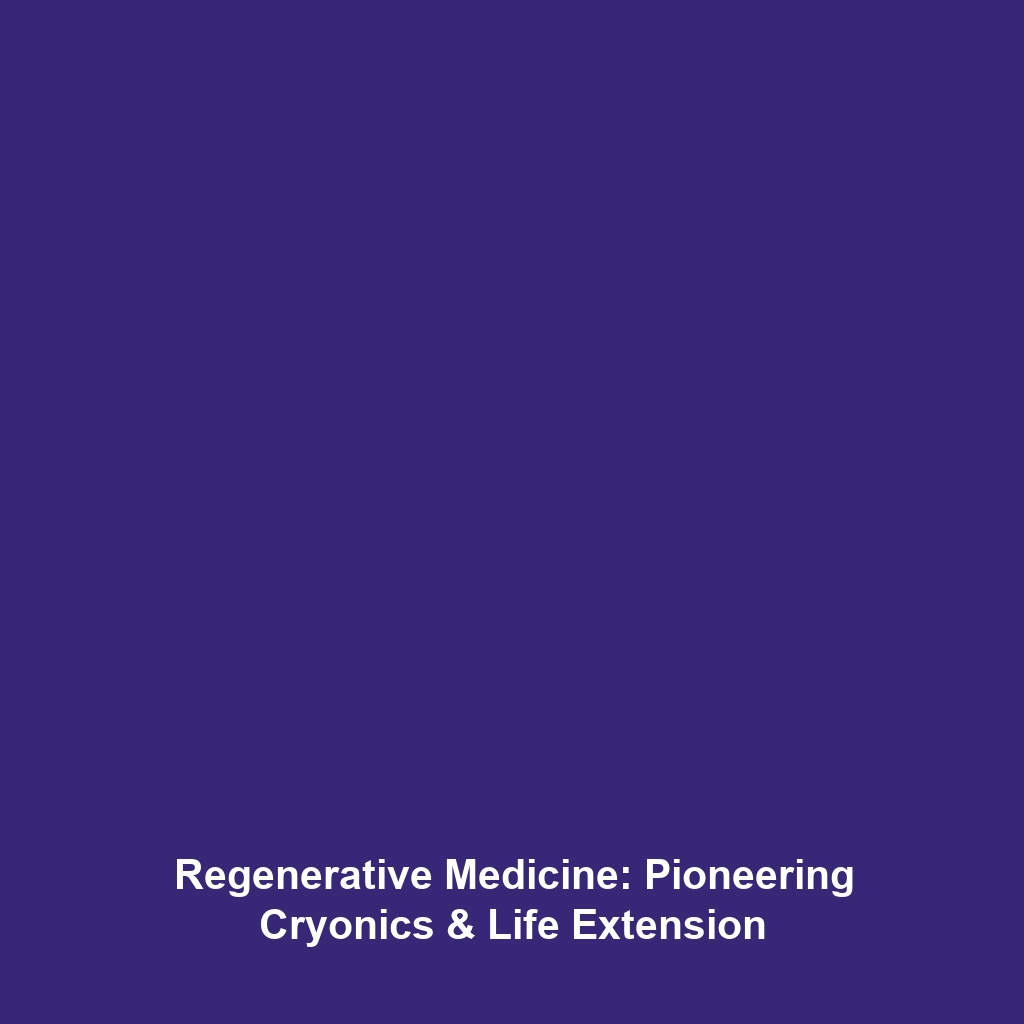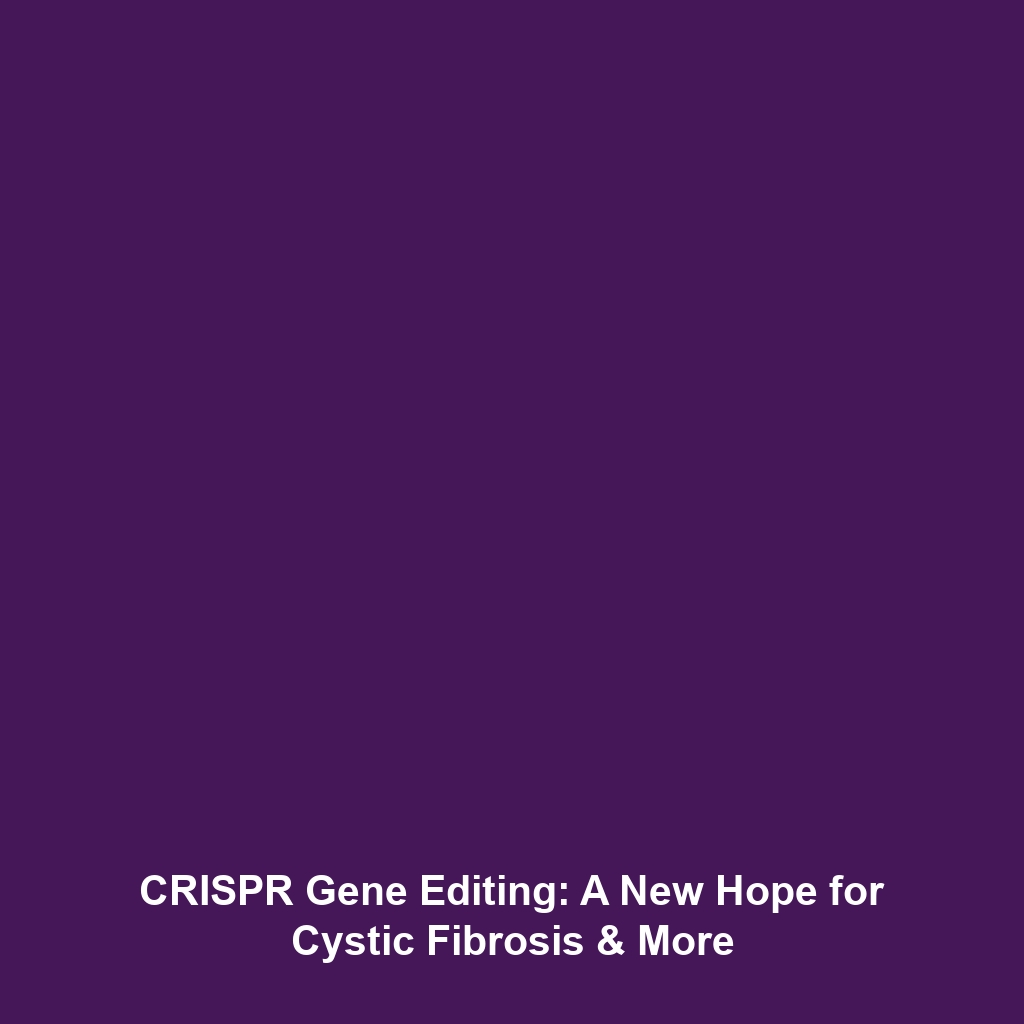Tissue Engineering: Pioneering Repair and Replacement in Cryonics and Life Extension
Introduction
Tissue engineering is at the forefront of medical science, merging the realms of regenerative medicine and biomaterials to create new tissues and organs. This innovative field holds the promise of repairing or replacing aging and damaged bodily parts, making it a cornerstone of cryonics and life extension strategies. By leveraging the extraordinary potential of stem cells combined with advanced biomaterials, researchers are pushing the boundaries of what is possible in human health and longevity. This article delves into the vital role of tissue engineering and its implications for the future of life extension and cryonics.
Key Concepts
Understanding Tissue Engineering
Tissue engineering involves the creation of biological substitutes that can restore, maintain, or improve the function of damaged tissues or whole organs. It draws on principles from cell biology, materials science, and engineering to develop these substitutes. The pivotal components of tissue engineering include:
- Stem Cells: These are the foundation of tissue engineering, possessing the capability to differentiate into various cell types necessary for tissue formation.
- Biomaterials: These materials provide a scaffold for cell attachment and growth, imitating the natural environment of tissues.
- Growth Factors: Important biological molecules that support the growth and repair of tissues by encouraging cellular activities.
Interconnection with Cryonics and Life Extension
Tissue engineering is integral to advancing cryonics and life extension as it addresses the fundamental issue of organ failure associated with aging. By enabling the regeneration of tissues and organs, this domain may facilitate the reversal of aging processes and enhance quality of life.
Applications and Real-World Uses
Crucial Applications of Tissue Engineering
Tissue engineering has paved the way for several groundbreaking applications in medical science and is increasingly used in conjunction with cryonics and life extension. Significant applications include:
- Organ Transplants: Engineering organs that can replace damaged or aged ones, potentially reducing the dependency on donor organs.
- Regenerative Medicine: Developing therapies that repair tissues damaged by injury or disease.
- Drug Testing: Utilizing engineered tissues to test new drugs, leading to more effective treatments without the need for animal testing.
Overall, the integration of tissue engineering techniques within the framework of cryonics can significantly enhance the viability of preserving and restoring life.
Current Challenges
Challenges in Tissue Engineering
While tissue engineering holds incredible potential, several challenges remain prevalent, including:
- Scalability: Producing tissues and organs in sufficient quantities for clinical applications.
- Vascularization: Integrating blood vessels into engineered tissues to ensure nutrient supply and waste removal.
- Regulatory Hurdles: Navigating the complex regulations surrounding the development and use of engineered tissues.
- Ethical Issues: Addressing the ethical considerations of using stem cells, particularly those derived from embryos.
Future Research and Innovations
Looking Ahead: Innovations in Tissue Engineering
The future of tissue engineering is ripe with innovations poised to revolutionize cryonics and life extension. Some areas of focus include:
- 3D Bioprinting: Advancements in this technology are allowing for the precise fabrication of tissues and organs layer by layer.
- Gene Editing: Techniques like CRISPR may enable improved stem cell therapies by correcting genetic defects.
- Personalized Medicine: Tailoring tissue engineering strategies to individual patients, enhancing compatibility and efficacy.
Conclusion
Tissue engineering stands as a transformative field within cryonics and life extension, presenting unparalleled opportunities for the repair and regeneration of human tissues and organs. As research progresses and technology advances, the potential to extend healthy lifespans and improve the quality of life for individuals facing age-related decline becomes increasingly observable. For further insights on related topics, consider exploring articles on cryonics advancements and life extension strategies.


